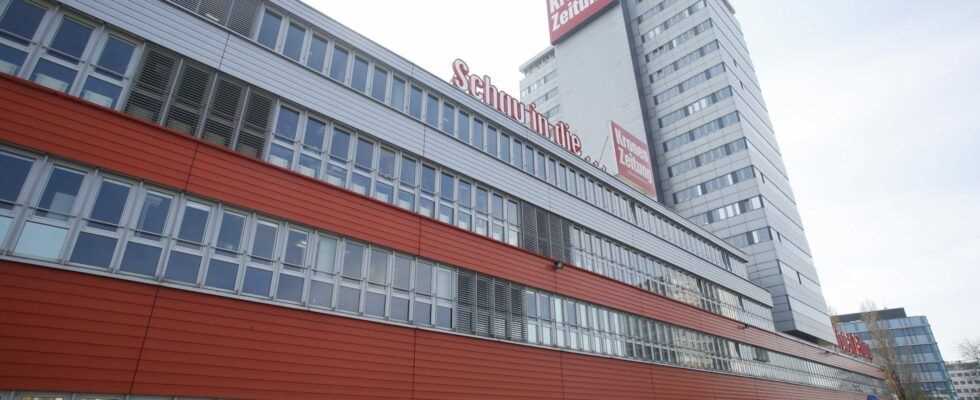Rescue, armed forces, police – they are all currently testing their ability to function during a long power failure (“blackout”). The “Krone” has also taken measures.
First of all: the electricity itself will be back quickly in many places during a blackout – even if only temporarily. As in many other buildings, the deep cellars of the press building in Vienna-Döbling and the printing center in Inzersdorf have a huge diesel generator that turns fuel into electricity. So the lights are on again, the computers are working.
It would be cold
In the event of a sudden loss of pressure, water would still come out of the pipes for up to ten hours, but it could get a bit fresh in the editorial offices: They are attached to the Vienna district heating system, which no longer heats in the event of a blackout. At least the machines in the print shop generate a bit of waste heat. You have electricity and paper for at least twelve days.
Check your own power supply (FI switch in the fuse box)
Check my surroundings (neighbors’ lights, street lighting)
Check the availability of other people (cell phone, landline, internet)
Check traffic radio (Ö3, radio) whether tunnels need to be closed.
The crux of the matter is personnel and logistics
The tricky points in the event of a longer power failure lie elsewhere. For staff, communication and delivery:
- How many editors, planners, and printers show up on duty when their families are in the dark?
- How does the editorial team communicate without the phone and the internet?
- And how much fuel do the hauliers have to deliver the printed newspaper? If they were even available and not needed for food or drinking water?
“Responsibility to Society”
The network is currently stable, in 2020 the Austrians were without electricity for an average of 27 minutes due to failures. But the preparations are under way. “In the event of a longer blackout, we would switch to emergency sales measures,” explains Horst Pensold, Head of Sales at Mediaprint. “Tobacco shops were closed, we could no longer bill – we would distribute the newspaper free of charge across the country, out of a responsibility towards society.”
In other words: Print as many copies as possible with as few staff as possible and deliver them to critical points with the few trucks that are still driving – such as town centers. And that for almost two weeks before the raw materials run out. For comparison: The ORF states that it is ready to broadcast in the event of a blackout with 72 hours.
Are radios making a comeback?
But how does a media company like the “Krone” coordinate printing and sales when the telephone and internet are down? In the worst case, via USB sticks that are sent through the city by messenger. And maybe even with an invention from 1945: With CB radios.
- Radio with batteries (car radio!)
- Flashlights or headlamps (including enough spare batteries)
- Candles, igniters, fire extinguishers, carbon monoxide alarms
- Water (2 liters per person per day; 3-5 days), drinks, tea, coffee
- Durable food for 2 weeks (pasta, rice, canned food …)
- Important medication for 2 weeks
- First aid kit
- Toiletries, garbage bags, adhesive tapes, zip ties
- Gas cooker, grill, fuel paste
- Cash in small bills and coins
- Sleeping bags, blankets, warm clothes
- Games, blocks, pens
- Car always at least half full.
